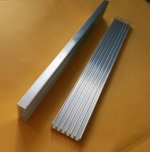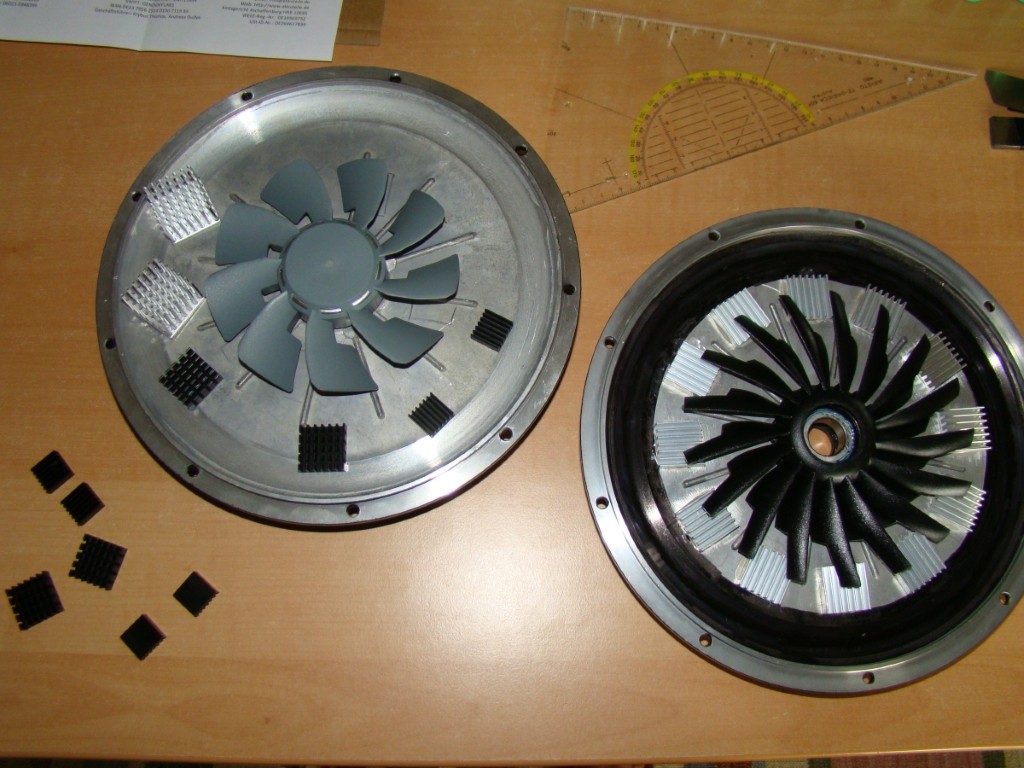John. You need to prove your efficiency with some accurate lab equipment not just a seat of the pants feel for it and putting youre hand on the side of the motor after a ride.
As well as you increase the current in any motor the efficiency lowers. So even if you have a 90% efficient motor at 1kw its a lot less at 5kw and even less efficient at 10kw etc. Provided the pack voltage was the same for all tests.
What Justin is doing here is great because it allows people to buy motors rated for less wattage and run them with more wattage without hurting them. This is a cost and weight and energy savings at the end.
As well as you increase the current in any motor the efficiency lowers. So even if you have a 90% efficient motor at 1kw its a lot less at 5kw and even less efficient at 10kw etc. Provided the pack voltage was the same for all tests.
What Justin is doing here is great because it allows people to buy motors rated for less wattage and run them with more wattage without hurting them. This is a cost and weight and energy savings at the end.







